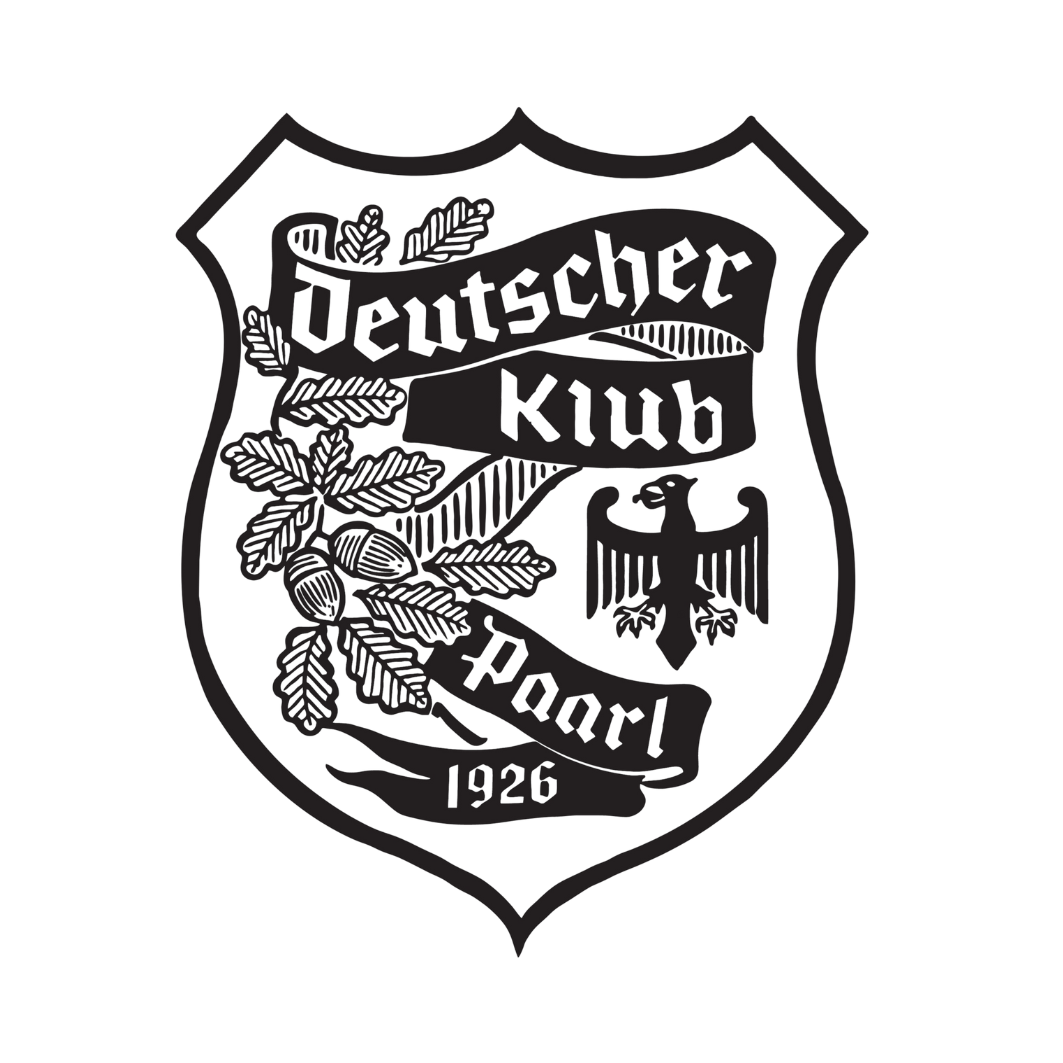Your cart is currently empty!
Why Lüneburger Heide Belongs on Your German Travel List
|
Did you know that my ancestors came from a region in northern Germany called Lüneburger Heide?
This beautiful area isn’t just part of my family story—it’s also one of Germany’s most enchanting natural landscapes.
So today, I thought I’d share a few fun facts, history, and travel highlights about this special place.

What is the Lüneburger Heide?
Located in Lower Saxony, between Hamburg and Hannover, Lüneburger Heide (Lüneburg Heath) is famous for its sweeping heathland, picturesque villages, and natural beauty. The area is named after the town of Lüneburg, a charming medieval city known for its salt trade.


A Bit of History
Lüneburger Heide has been inhabited for thousands of years. In the Middle Ages, the nearby town of Lüneburg became one of Europe’s leading producers of salt—so valuable it was nicknamed “white gold.” The salt trade helped the town prosper and influenced trade routes across the region.
Traditionally, the heath was maintained by sheep grazing and low-intensity farming, giving it its distinctive landscape of heather fields, juniper bushes, and ancient oak trees.

Why Visit Lüneburger Heide?
If you’re looking for a quiet, scenic escape into nature with deep cultural roots, Lüneburger Heide is the perfect destination. Here’s why it stands out:
1. The Heather Bloom (Heideblüte)
Each August and September, the entire landscape turns purple as the heather blooms. It’s one of the most beautiful natural displays in Germany—ideal for photography, walking tours, and picnics.
2. Charming Villages
Villages like Wilsede, Undeloh, and Schneverdingen are known for their thatched-roof cottages, cobbled streets, and traditional German hospitality.
3. No Cars Allowed (in some parts)
In parts of the nature reserve, cars are not allowed. Visitors explore on foot, by bicycle, or by horse-drawn carriage, making for a peaceful and immersive experience.
4. Lüneburg: A Hidden Gem
The town of Lüneburg itself is worth visiting for its brick Gothic architecture, lively market square, and salt museum (Deutsches Salzmuseum).
5. Heidschnucken Sheep
These moorland sheep are native to the area and have helped shape the heath for centuries. You’ll likely see them grazing freely—another charming connection to the past.

A Personal Connection
For me, Lüneburger Heide is more than a travel destination—it’s where part of my story begins. It’s a place where history, nature, and heritage beautifully come together.
Conclusion
If you’re planning a trip to Germany and want to go beyond the usual tourist routes, Lüneburger Heide is a magical region that offers both natural beauty and historical depth.
It’s perfect for nature lovers, culture seekers, and anyone curious about traditional German life.



